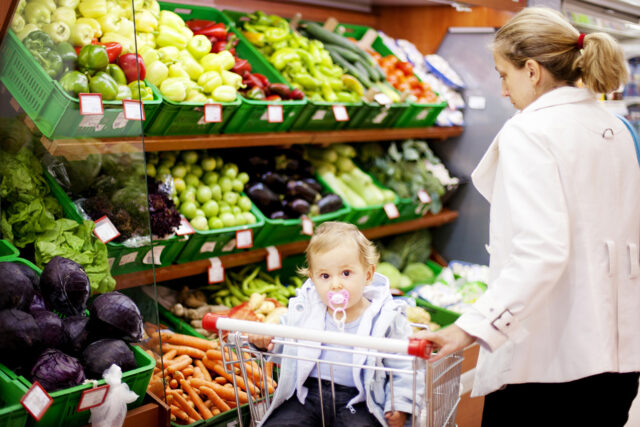Summary
CalFresh and CalWORKs, two of California’s chief social safety net programs, provide food and cash assistance to low-income citizens and permanent residents. Together with refundable tax credits, they are the state’s largest poverty-mitigating programs for children. More recently, COVID-19 and the resulting economic downturn have turned a spotlight on the need for foundational safety net programs like CalFresh and CalWORKs to respond swiftly when a crisis disrupts family finances.
In this report, we assess the role these programs play in children’s early lives, using administrative data that show how many children participate, how often, and for how long. Our intent is to better understand the stages in children’s early years when families may be likely to need support through CalFresh, CalWORKs, or both programs. We find:
- Nearly half of California children participate in CalFresh, CalWORKs, or both over their early years. This is double the share of children who participate in an average month: about 14 percent of children ages 0-5 access CalFresh only, and 9 percent participate in both CalFresh and CalWORKs. Latino and African American children have sharply higher levels of CalFresh participation over the course of their early years.
- For many children growing up in a recession, CalFresh and CalWORKs provide important short-term support for family resources. Even a deep recession and slow recovery during the Great Recession did not lead to more months participating. At the same time, more children combine assistance from CalFresh and CalWORKs during recessions, suggesting that children who need only a boost from CalFresh in good economic times require support from both programs in difficult economic times.
- Assistance tends to begin early in life among children who ever access CalFresh. Over half participate for the first time by age one. But among these participants, 40 percent of children join CalFresh after a delay of at least three months after birth. Delays are less common for children also in CalWORKs’signaling that the most impoverished families may access assistance relatively more rapidly than those in less poverty.
- Most young children who access CalFresh do so only once for about a year, but brief gaps in enrollment affect a third of young children. These interruptions occur more frequently for children who also access CalWORKs (42% higher) and for Latino children (20% higher).
The fact that half of California’s children from birth through age five benefit from assistance through CalWORKs and/or CalFresh reflects the centrality of these programs in California’s social safety net. It also suggests that severe economic need is more common than statistics on point-in-time poverty or caseloads would lead us to conclude. Furthermore, children who might need only a boost from CalFresh in good economic times may require support from both programs during an economic crisis, when employment is scarce. Given the importance of adequate resources early in life, continuing policymaker efforts to address hurdles to participation can advance equitable access and may improve future outcomes for children.



